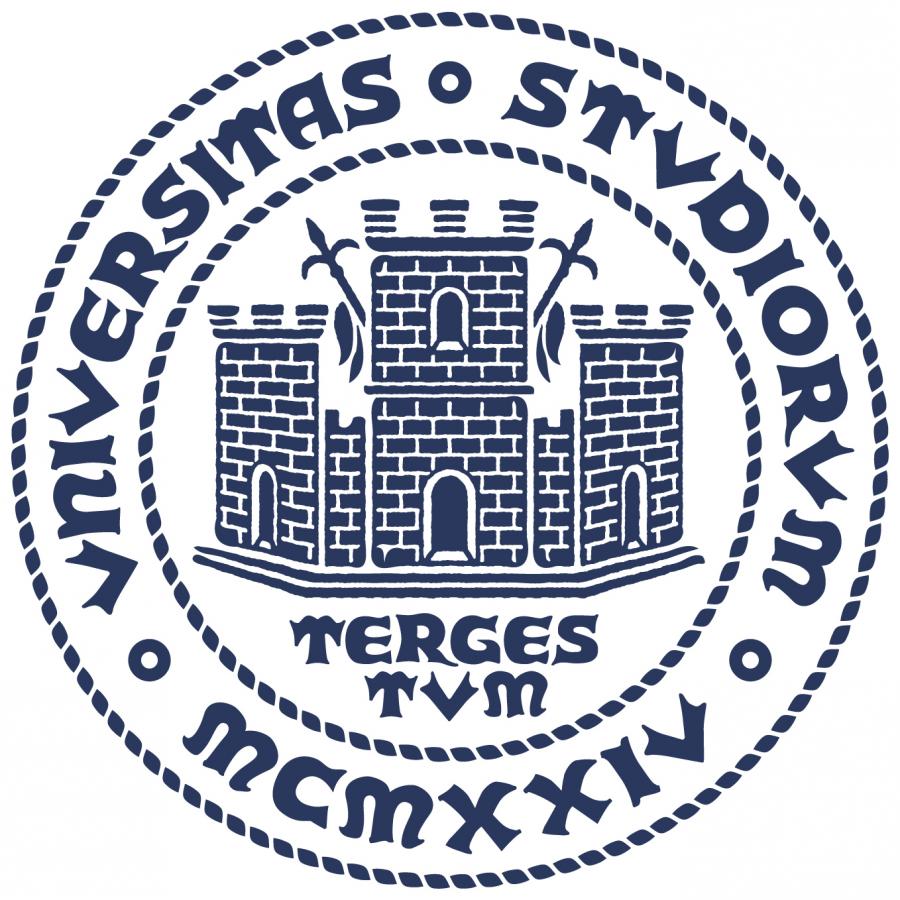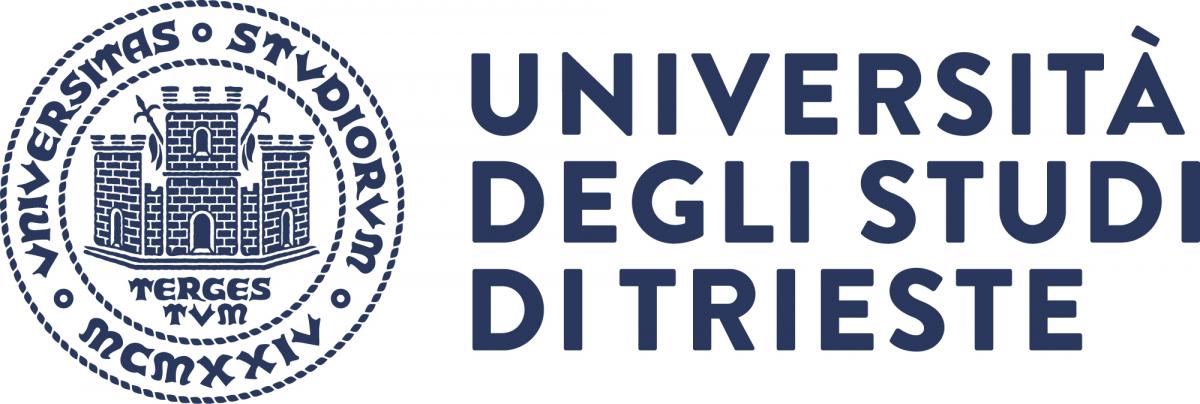Earth Science, Fluid-Dynamics, and Mathematics. Interactions and Methods Presentation Days
The Presentation Days of the PhD Program in "Earth Science, Fluid-Dynamics, and Mathematics. Interactions and Methods" will take place at University of Trieste, on Monday, December 17 (main building, left side, ground floor, room V) and on Tuesday December 18 (main building, left side, 1st floor, Bachelet lecture hall).
All PhD students will present the progress of their research during the last academic year.
The program also includes four plenary lectures held by well-established scientists in the main fields of the ESFM PhD course: Mathematics, Fluid-Dynamics and Earth Science:
https://web.units.it/dottorato/esfm/en
FLOOD RISK - RESEARCH AND TECHNOLOGY TRANFER
Francesco Ballio (Politecnico di Milano)
In spite of the worldwide impacts of floods in terms of casualties and damages, Flood Risk Management suffers from a lack of robust and widely accepted technical procedures and standards. The problem is characterized by a high level of complexity, due to the variety of natural processes triggering floods and the multiplicity of societal components involved in risk management. The seminar aims at (i) describing the main components of the problem, (ii) highlighting the most relevant research questions and (iii) discussing criticalities in transferring research results to technical practice. Examples of recent floods in Italy and Europe illustrate the nature of the problem and its practical implications.
DISCONTINUOUS ODES: THEORY AND NUMERICAL APPROACHES
Nicola Guglielmi (Gran Sasso Science Institute, L'Aquila)
Ordinary differential equations with discontinuous right-hand side, where the discontinuity of thevector field arises on smooth surfaces of the phase space, are the topic of this talk. The mainemphasis is the study of solutions close either to a single discontinuity surface or to the intersection of two discontinuity surfaces. There, the so-called hidden dynamics describes the smooth transition from ingoing to outgoing solution directions, which occurs instantaneously in the jump discontinuity of the vector field.Since the hidden dynamics is realized by standard space regularizations, much insight is obtainedfor them. One can predict, in the case of multiple solutions of the discontinuous problem, whichsolution (classical or sliding mode) will be approximated after entering the intersection of two discontinuity surfaces.
USING ROBOTIC TECHNOLOGY TO STUDY SUBMARINE CANYONS IN ALL THEIR FACETS
Veerle Huvenne (National Oceanography Centre, Southampton)
With recent inventories indicating numbers may exceed 9500 world-wide, submarine canyons are some of the most important features of our continental margins. They are considered the main pathways between the shelf and the deep sea, funnelling sediments in sometimes catastrophic flows, while also transporting pollutants and litter from shallow to deep waters. Their steep morphology has a strong influence on the local oceanography and current patterns, causing the formation of large internal tides, upwelling and enhanced surface primary productivity. These processes, together with the high terrain heterogeneity, often result in high biodiversity, which means that submarine canyons are generally considered biodiversity hotspots. Still, the various processes acting in submarine canyons are poorly understood. Their extreme morphology makes them challenging and inaccessible locations for study. Thanks to recent technological developments, especially in marine robotics, we now can start to build a picture of true canyon morphology, current regimes, sediment transport processes and habitat distribution. Recent expeditions have seen the simultaneous use of different robotic vehicles in order to image the 3-dimensional structure of the complex canyon environments. In addition to shipboard multibeam data (~10s m pixel resolution), Autonomous Underwater Vehicles (AUVs) collect bathymetric data at metre-scale resolution. Ultra-high resolution bathymetry (< 0.2 m pixel size) and 3D photomosaics (<0.05m pixel size) are obtained with the Remotely Operated Vehicles (ROV). At the same time, the water column structure within canyon branches can be measured continuously by gliders. “Smart boulders” and sensor packages register currents and sediment movement – including the most catastrophic sediment flows. Complemented by ROV HD video records, these nested datasets allow, for the first time, to image all the processes in a submarine canyon at the scale they occur, in a close to simultaneous manner. Novel approaches now also provide the opportunity to map and image the near-vertical and overhanging canyon walls, which play an important role in canyon formation and habitat creation, through processes that until recently could never be mapped. A new AUV multibeam set-up, specifically developed to allow side-ways mapping, was successfully tested during the CODEMAP2015 cruise in Whittard Canyon (funded by the ERC Starting Grant no 258482 and the NERC MAREMAP programme). Together with ROV-based 'forward mapping', the new 3D models provide unique insights in the canyon morphology and habitat distribution. This presentation will provide first-hand accounts of the use of these new technologies, and will illustrate the latest insights in submarine canyon formation, dynamics and ecosystem distributions obtained as a result of these novel observations.
CARDIAC FLUID MECHANICS: FROM THEORETICAL MODELING TO CLINICAL APPLICATIONS
Gianni Pedrizzetti (Università di Trieste)
Fluid mechanics plays a fundamental role in heart function; it influences the morphogenesis of embryonic hearts and modulates the response to pathologies in adult hearts. Cardiac fluid mechanics is characterized by the formation of three-dimensional vortex structures that govern the exchange of momentum between blood and surrounding tissues. This talk will first introduce the main methods used for analyzing cardiac fluid dynamics. These range from numerical simulations involving flow-tissue interactions, to imaging-based technologies based on echocardiography and cardiac magnetic resonance for measuring flows in vivo. It will prosecute by describing the changes of blood motion associated to different cardiac dysfunction. More importantly, it will describe results that integrate multiple technologies and demonstrate how minor changes in blood flow can alter the momentum balance inside the heart. Finally, it will show the growing role of fluid dynamics for early diagnosis and therapeutic planning.
Main building, left side, ground floor, room V



